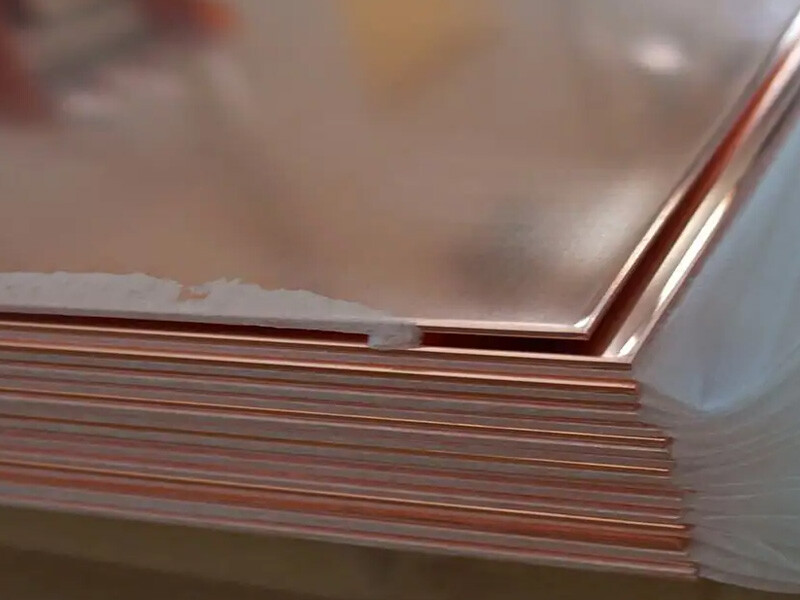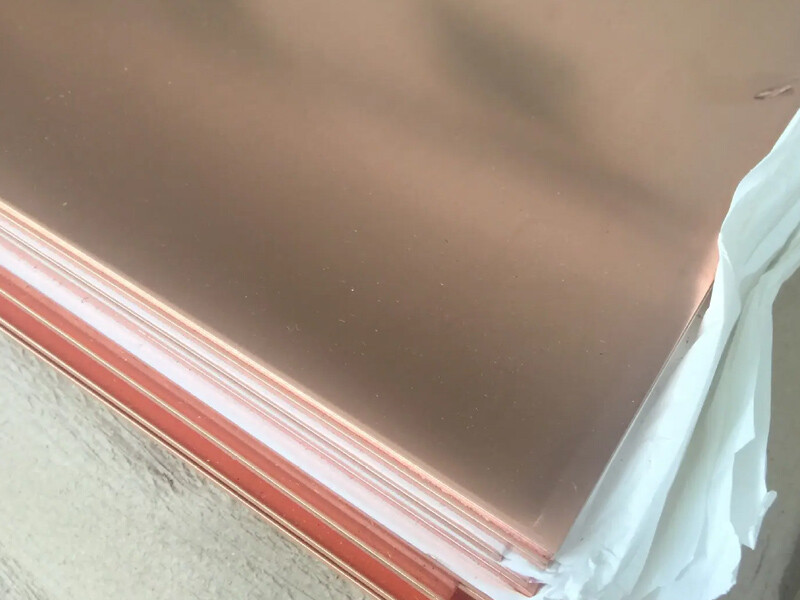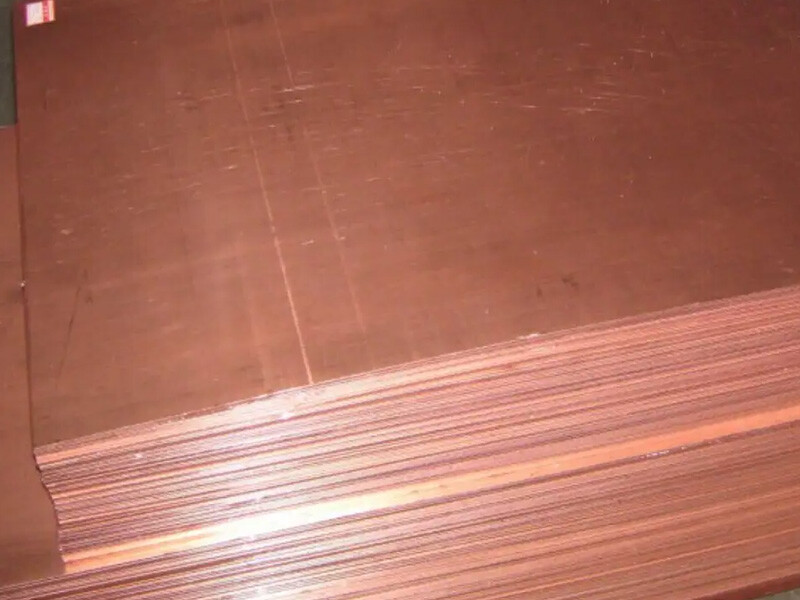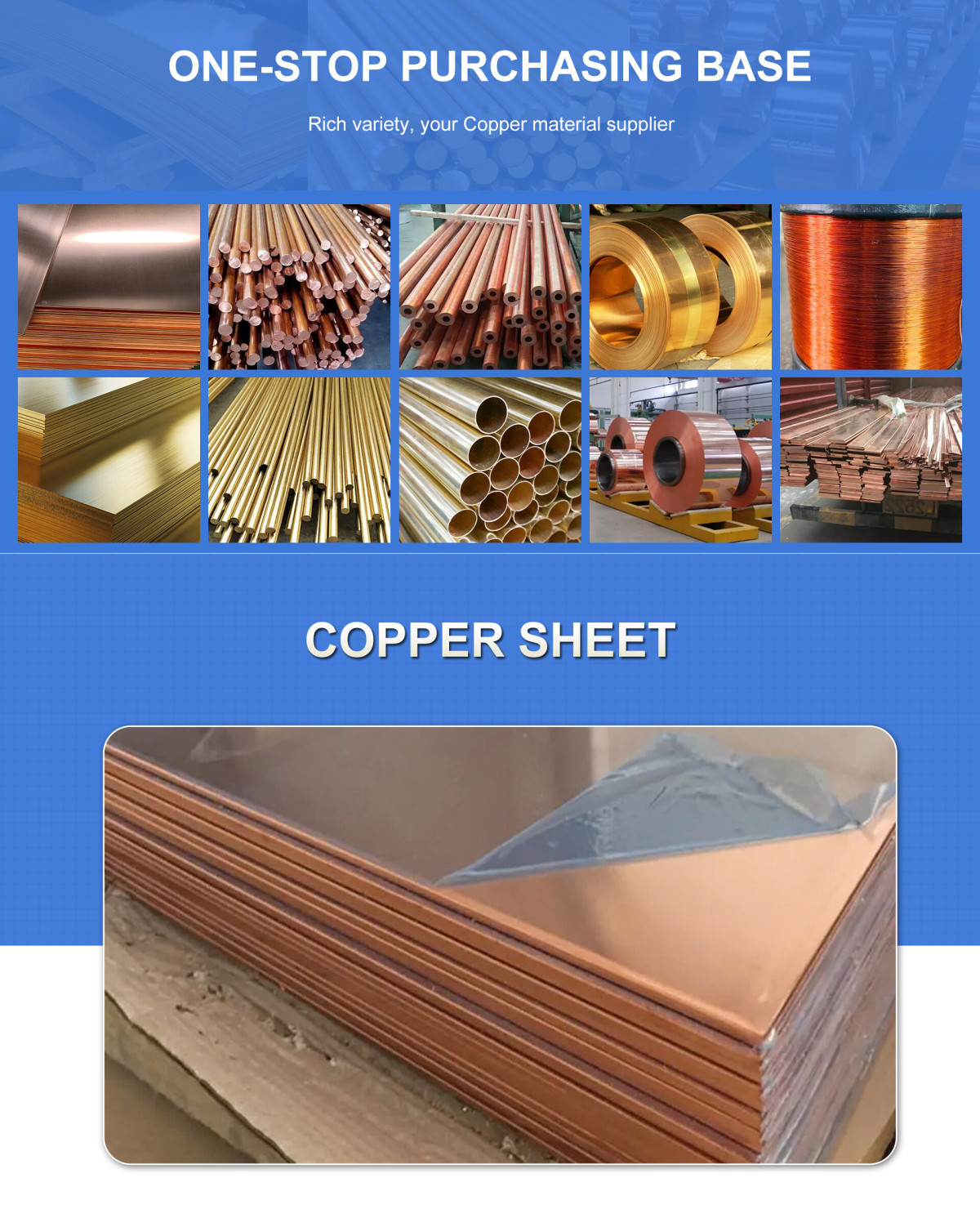
Size range
Thickness range:
Thin plate: 0.04-50 mm (customizable, common industry supply foil with a thickness of 0.08-0.7 mm).
Conventional plate: 2-35 mm (such as 2, 4, 6, 8, 10, 12, 15, 20, 25, 30, 35 mm).
Thick plate and special specifications: 6-300 mm.
Width and length:
Width is generally ≤1200 mm, length ≤3000 mm, which can be customized according to needs.
III. International standards
Chinese standard: GB/T 8320-2003 (replaces the old version of GB 8320-87), which specifies the composition, density and mechanical properties.
American standard: ASTM B702, covering the chemical composition and physical property requirements of copper-tungsten alloys.
Copper (Cu) content: 28%~32% (usually marked as 30%±2%)
Tungsten (W) content: remainder (about 70%)
Total impurities: ≤0.5%
Density: 13.8~14 g/cm³
High density mainly comes from the high specific gravity of tungsten (19.25 g/cm³), which is achieved through a composite process.
Hardness:
Brinell hardness (HB) ≥175~184
High hardness is due to the strengthening effect of tungsten, suitable for high temperature and high pressure environments.
Strength:
Flexural strength: ≥667~790 MPa
Tensile strength: ≥790 MPa (partial data)
Strength differences may be due to test methods (such as flexural strength and tensile strength) or process fluctuations.
Conductivity:
Conductivity ≥42% IACS (International Annealed Copper Standard)
Resistivity ≤4.1 μΩ·cm, close to 1/2 of pure copper, balancing the needs of conductivity and arc ablation resistance.
Thermal properties:
Melt temperature ≥700℃, can withstand high temperatures above 1080℃ (copper melting point) in actual use.
Low thermal expansion coefficient, not easy to soften at high temperatures.
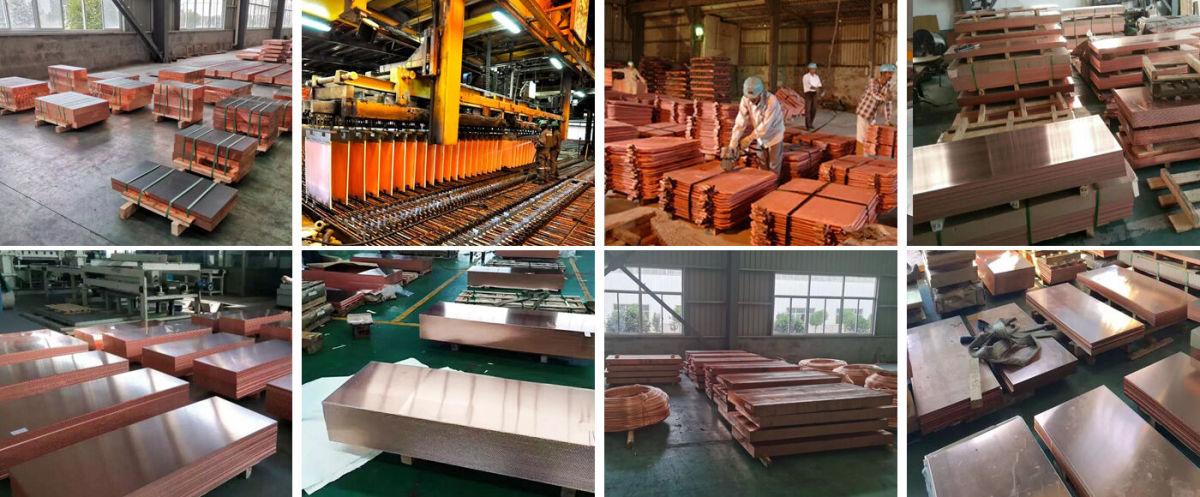
Production process and product advantages of W70Cu3/WCu70 copper plate (composition of 70% tungsten and 30% copper):
1. Production process
Infiltration method:
Mainly adopts high-temperature sintered tungsten skeleton + copper infiltration process. First, high-purity tungsten powder is formed by static pressing, sintered at a high temperature of 1800-2200℃ to form a porous tungsten skeleton, and then infiltrated with copper liquid at 1300-1400℃ to finally obtain a high-density (>99.2%) tungsten-copper composite material.
Some processes combine vacuum infiltration with cold processing to further improve the mechanical properties of the material (such as bending strength of 790MPa) and conductivity.
Process optimization:
Using the composite process of infiltration + die forging, the material density (up to 99.5%) and thermal conductivity (195 W/m·K) are improved through die forging, the porosity is reduced and the uniformity of the organization is optimized.
Use high-purity raw materials (tungsten powder purity>99.95%) and vacuum environment to reduce impurities and non-metallic inclusions to ensure stable material performance.
Other methods:
Liquid phase sintering method: Add metals such as nickel and cobalt to promote sintering, suitable for alloys with high copper content.
Nanopowder mechanical alloying: Prepare nano-scale powders through high-energy ball milling, reduce sintering temperature and increase density.
2. Product advantages
Excellent thermal physical properties:
It has both the low thermal expansion coefficient of tungsten (matching the electronic device matrix) and the high thermal conductivity of copper (thermal conductivity>195 W/m·K), suitable for high-power device heat dissipation and electronic packaging.
By adjusting the tungsten-copper ratio, the thermal expansion coefficient (CTE) and conductivity can be accurately designed to avoid thermal stress damage.
Outstanding mechanical properties:
High density (14.1-14.5 g/cm³), high hardness (>195 HB) and bending strength (790MPa), high temperature airflow erosion resistance, suitable for rocket nozzles, gas rudders and other aerospace components.
It has strong ablation resistance and can withstand instantaneous high temperatures (3000-5000K). The volatilization of copper forms a "sweating cooling" effect to protect the surface of the material.
Processing and application advantages:
Easy to process: It supports turning, welding, stamping and other processes, and can be made into contacts, electrodes or package substrates with complex shapes.
Excellent conductivity (42% IACS), suitable for high current carrying scenarios, such as vacuum circuit breaker contacts and high-power electronic equipment.
Stability and reliability:
Stable organization and uniform performance at high temperatures, suitable for long-term high temperature environments (such as industrial power supply thick copper plates).
Low impurity content (copper content 30±2%, impurities <0.5%), ensuring material consistency and service life.
Q1:Do you provide samples? Is it free or extra?
A1:Yes, we can provide samples free of charge and the customer will pay the freight.
Q2:What if I don't have export experience ?
A2:We have reliable forwarder agent which can ship items to you by sea/air/Express to your doorstep. Any way, we will help you choose the most suitable shipping service.
Q3:How long is your lead time?
A3:If it is in stock, it is usually 5-10 days. Or, if there is no inventory, 15 days, depending on the quantity.
Q4:What are your terms of payment?
A4:30% T/T deposit in advance, 70% T/T balance within 5 days after B/L copy, 100%.Irrevocable L/C at sight, 100% Irrevocable L/C after receive B/L 30-120 days, O/A.
Q5:How is your technical support?
A5:We provide lifetime online support through Whatsapp/ Skype/ Wechat/ Email. Any problem after delivery, we will offer you call anytime.
Welcome To Your Inquiry
What can we help you?
RELATED PRODUCTS






